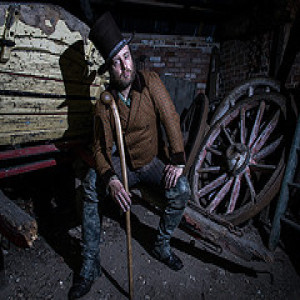What Victorians can teach us about death and mourning
In this day and age, where the idea of death is often downplayed, discussions about funeral planning and preparation for one’s own mortality are often frowned upon. But more than a century ago, death was not only acknowledged. It was, in fact, celebrated with as much pomp and grandeur as one’s wedding by the Victorians.
The Victorians can teach us a lot of things about death, mourning and coping with loss. Here are a few pearls of wisdom from the Victorian era:
Life is but a fleeting moment. During the infancy of photography, having one’s picture taken was a luxury as cameras were not only rare but also expensive. In many cases, death was the only opportunity for one to have his or her picture taken.
Post-mortem photographs were more than just poignant reminders of a family’s tragic loss. They’re also a grisly admonition of our own impending mortality. Life is, after all, short. Hence, it is important that we live each day like it’s our last and that we let our loved ones know that they are cared for.
It pays to be prepared. So expensive were the funerals (funeral flowers were just a part and parcel of the ludicrous expense) that families will often give up comfort to save up for a grand funeral for their children. This ensures that should a member of a family passes on, they are given a decent burial.
That may not be the case anymore as mortality rates are not as high as it was before.
But if there’s one thing this aspect of Victorian life can teach us, it is that it pays to be prepared. We may not need to hold off on certain luxuries our families can afford to make sure that we have a decent funeral when we pass on. But pre-planning one’s funeral can certainly spare our loved ones the added burden of making financial decisions in a time of grief and stress.
It’s okay to grieve. The Victorians were obsessed with memorializing the dead that families collect any reminder of the deceased, from locks of hair to pieces of jewellery. Bereaved widows or mothers would also even wear accessories fashioned from the hair of their deceased husband or children.
These days, we try to remove all evidence of a loved one’s passing to make it easier for everyone to move on with their lives. We busy ourselves with work and various activities, just to fill that gaping void in our lives left behind by a loved one who has passed on. Modern society has taught us that the more we wallow in grief, the harder it is for all of us to get on with our lives.
But grieving is a big part of moving on. In grieving, we learn to accept the loss. We don’t have to go all out with showing how deep we mourn with these elaborate rituals. But we must, at the very least, remind ourselves that it’s okay to acknowledge that loss.
Victorians were the last society to truly acknowledge and celebrate death, with their heavy emphasis on funeral planning and customs. But sadly, this part of their legacy died down with the death of the monarch who made mourning en vogue, Queen Victoria.



